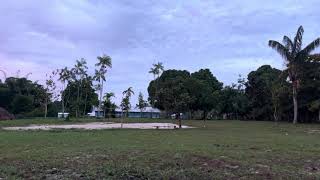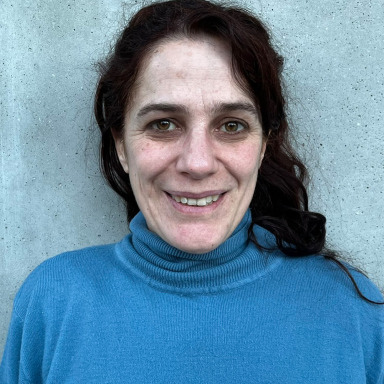Overline:
Film project
Headline:
The Sky, the Land, and Lessons on Nature from the Rio Tiquié
What they see in the sky determines how the people of the Rio Tiquié in the Amazon rainforest deal with their land. Each constellation of stars is associated with certain developments in nature and tasks for humans. Brazilian filmmaker Mariana Lacerda, currently a fellow at the RIFS, wants to understand the indigenous peoples’ "handling of the world" in North-West Brazil and capture it in a film. She is developing the film script in dialogue with collaborators from the Rio Tiquié.
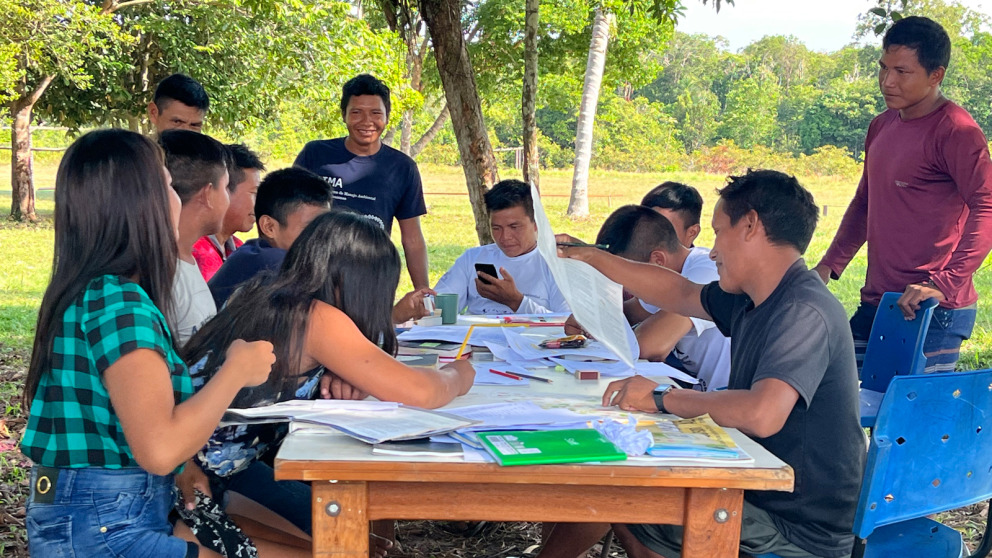
Lacerda began her fellowship in November with a long journey: She first flew from her home in São Paulo to São Gabriel da Cachoeira, a municipality in the State of Amazonas. From there, she and three researchers from the non-governmental organisation Instituto Socioambiental set off by boat towards the northwest. After three days on the Rio Negro and Rio Uapés, they reached their destination: the small town of Boca da Estrada on the Rio Tiquié, close to the border with Colombia.
"It's an area that can only be travelled with experienced guides, either with indigenous people or, like I did, with anthropologists. The researchers from the Instituto Socioambiental have been working with the people there for many years. We spent three nights as guests of indigenous communities on the banks of the Rio Negro before we finally reached our destination. We received a very warm welcome everywhere," Lacerda said. Some locals were also eager to take part in her film project, which they see as an opportunity to pass on their knowledge and traditions.
Under the sign of the lance adder
Her visit coincided with the beginning of a new annual cycle. "It is the time when the river reaches one of its peaks and the fish begin to reproduce. The indigenous people call the constellation of stars at this time 'Aña'. This is the name, in the indigenous language Tukano, of a particular snake, the Jararaca lance adder”, the filmmaker explained. Astronomical constellations are associated with the cycles of wild fruits, river fluctuations, the life of fish and other animals, the creation of gardens and plantations. The communities mark the changes in nature with ceremonies.
Since 2005, about 20 indigenous Environmental Management Agents have taken notes on the development of plants in the fields, tree growth, and sightings of animals. This work is at the heart of an intercultural study carried out by communities on the Rio Tiquié and researchers from the Instituto Socioambiental and the Federação das Organizações Indígenas do Rio Negro. Each November, when a new annual cycle begins, they meet to discuss the data in their notebooks and understand together what has happened during the year.
With her camera, Lacerda collected impressions of the meeting, where Environmental Management Agents from several ethnic groups collaborated to create an illustration of the annual cycle and talked about current challenges.
Impressions from Rio Tiquié
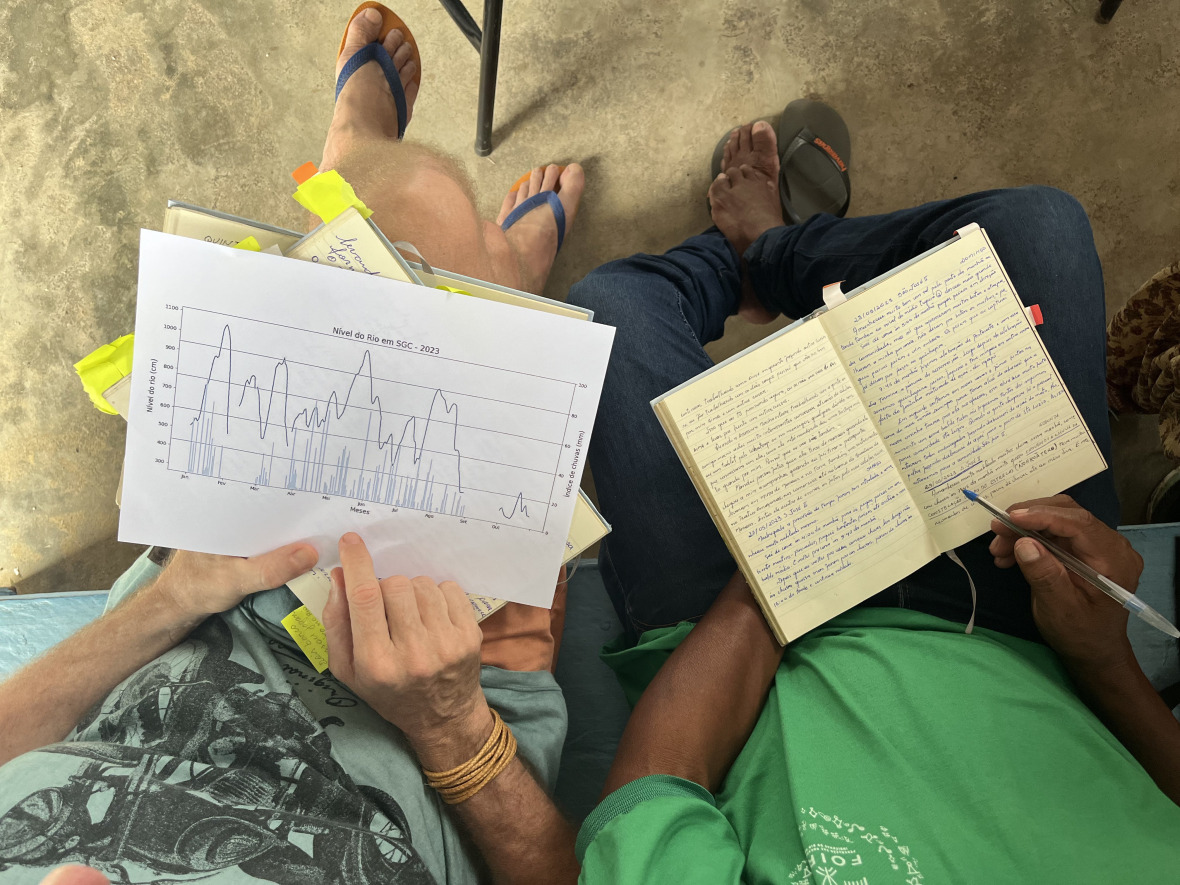
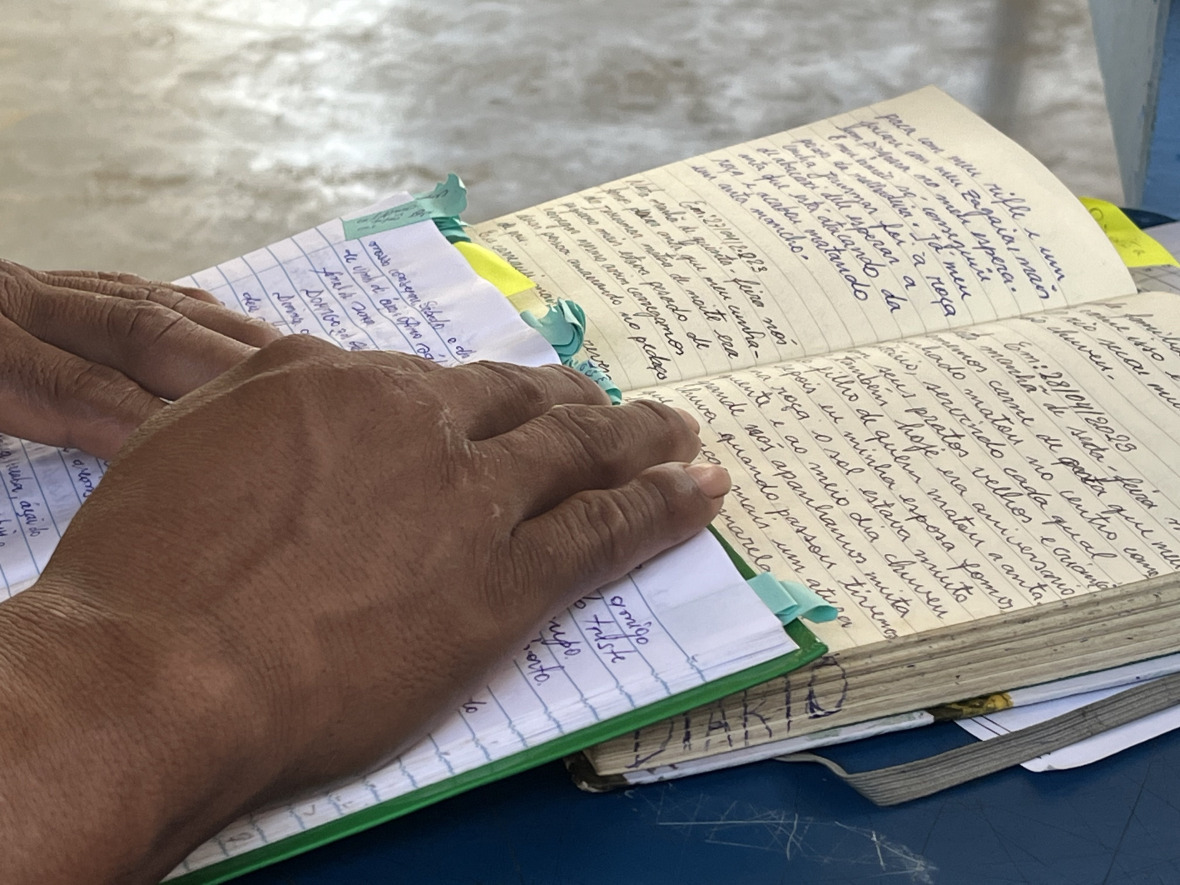
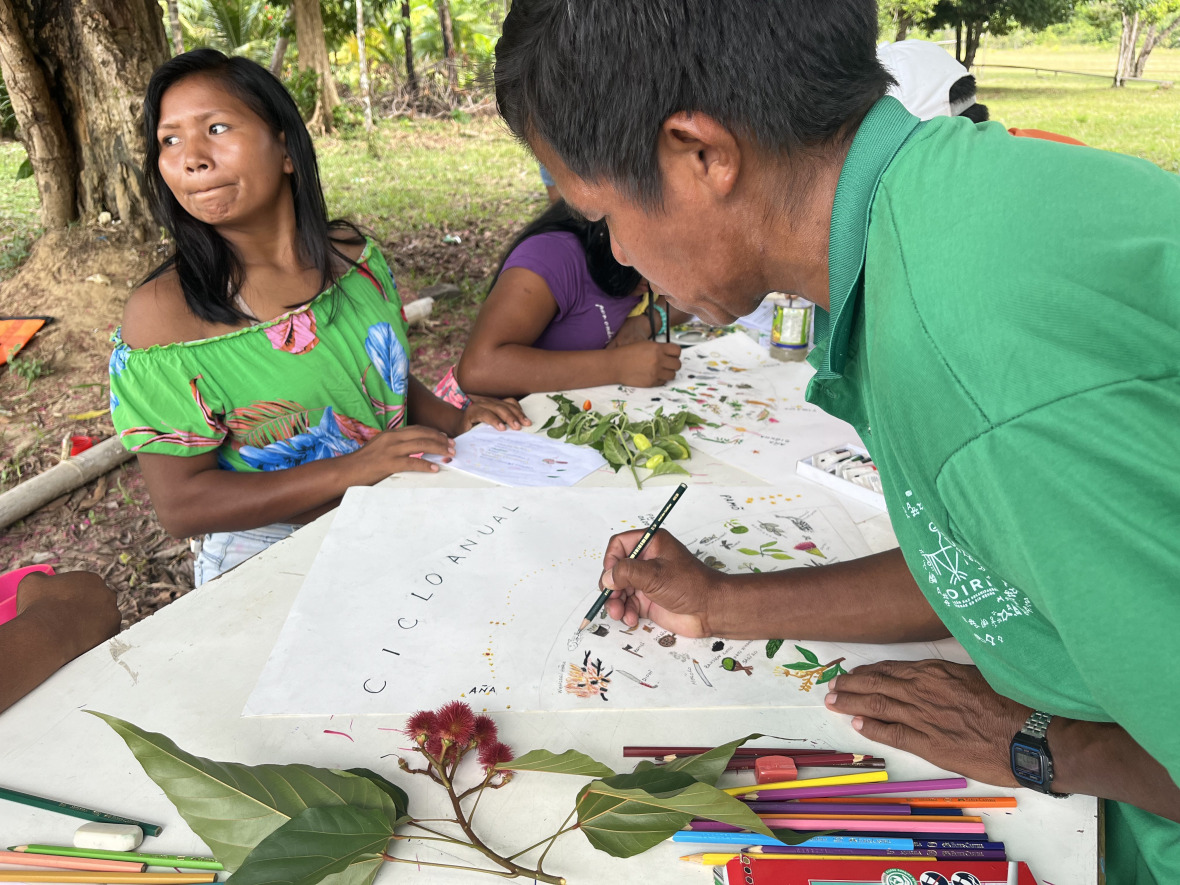
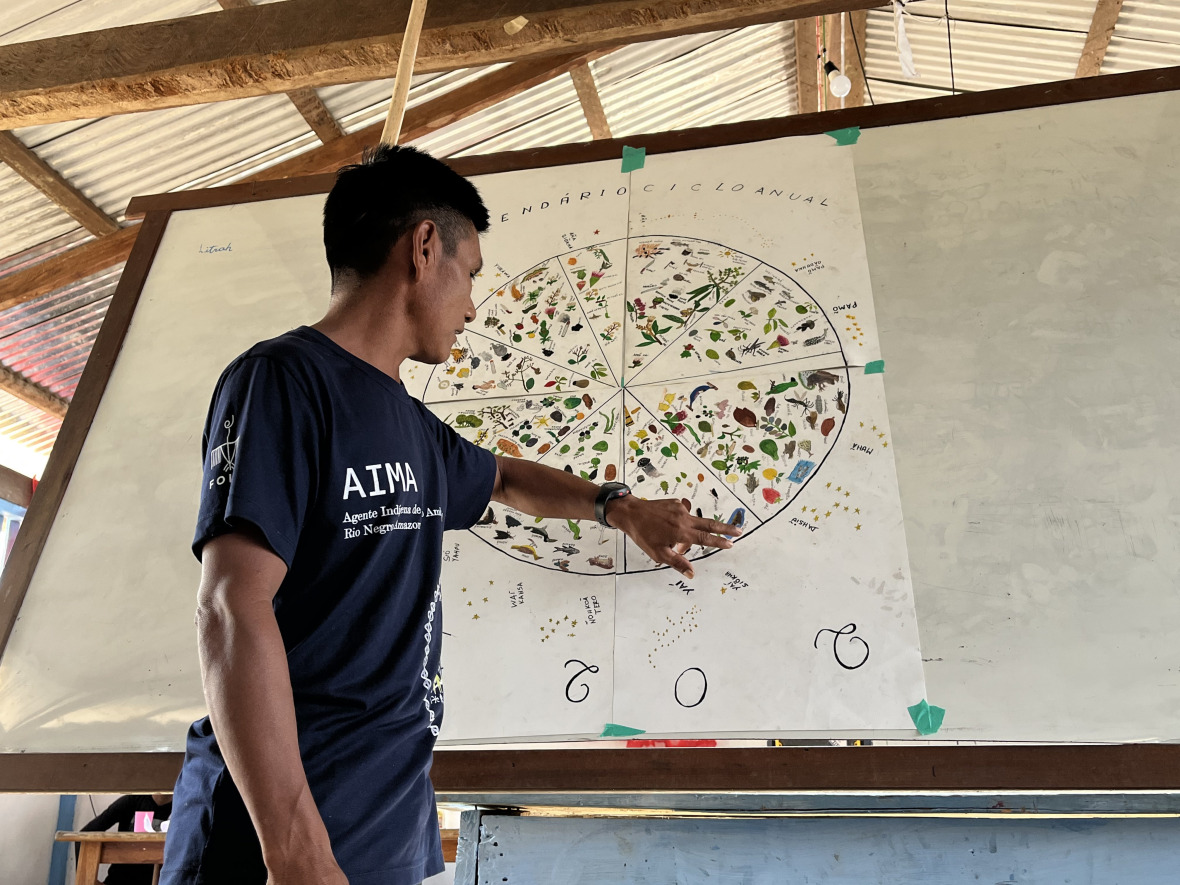
Animals and plants as human companions
The global climate crisis is already making itself felt on the Rio Tiquié. Usually, there is heavy rainfall all year round, interrupted by short periods of drought. In recent years, however, the dry periods have become longer and forest fires have increased. This leads to a variety of problems, notably for navigation and food supply. The indigenous peoples are not only hunters and gatherers, but also practise subsistence farming: in their fields they grow their staple food, manioc, as well as bananas, pineapples and peppers.
Mariana Lacerda was impressed by the way the people talked about nature. "For them, animals and plants have a soul, they are companions to humans, carriers of subjectivity. This means that people have a responsibility to look after them." When the stocks of certain fish species decline, for example, the indigenous communities conserve them. The environmental monitoring that they undertake with their notes helps to identify these problems.
Handling of the world
With Lacerda’s facilitation, the indigenous collaborators want to offer viewers a poetic vision of their way of understanding the world. It is important to them to capture characteristic images and sounds of life on the Rio Tiquié. “The birds, the animals, the river and the many indigenous languages – that stays with you long after you have left the forest.”
The next time she travels to Boca da Estrada for filming will be in May. By the end of this year, she plans to complete the script. The title she has chosen is "Aña - Manejo do Mundo". “Handling of the world” is what the indigenous peoples themselves call their work, which entails observing, understanding, protecting and healing the forest. "People have lived in this region for thousands of years, they have accumulated sophisticated and detailed knowledge about their ecosystems. It's as if nature itself is writing its memories, leaving its testimonies, through what the indigenous people write in their notebooks.” And this, Lacerda said, is not only fascinating to watch, but can also help non-indigenous people in their own efforts to protect biodiversity and the climate.
Everyday Life in the Amazon Rainforest
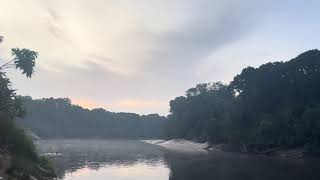
Sunrise in the Amazon Rainforest
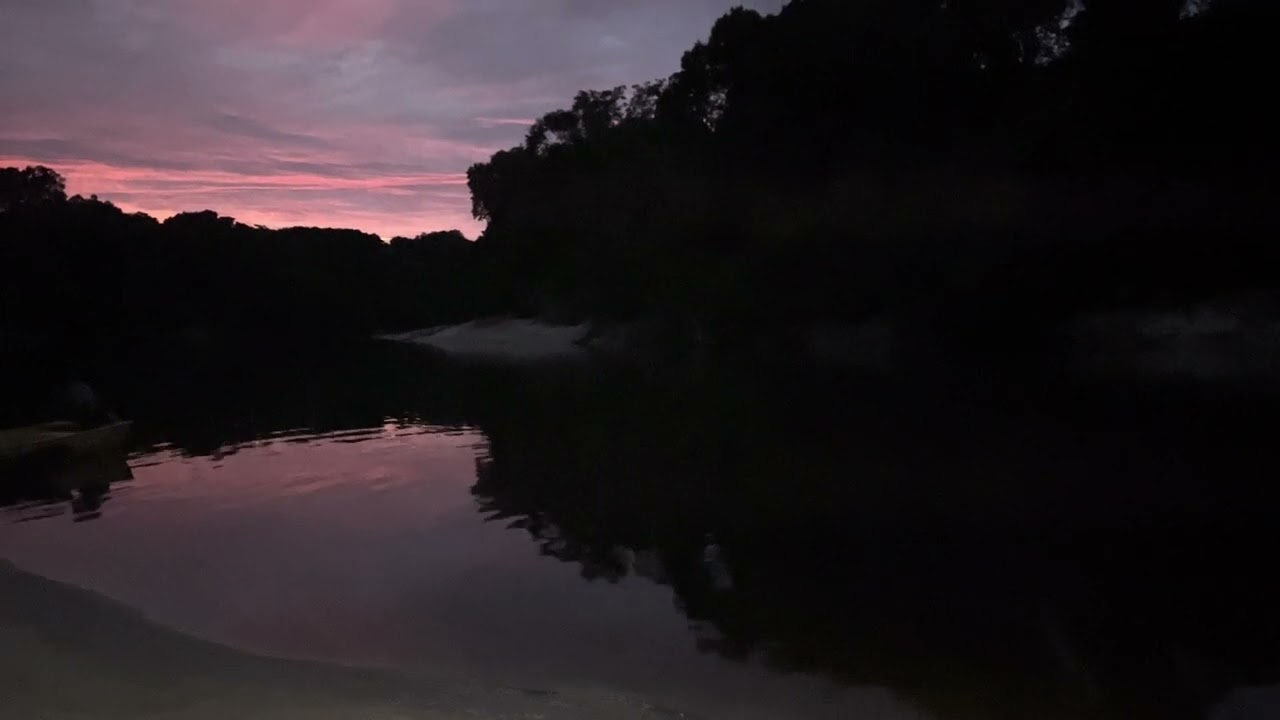
Community house
